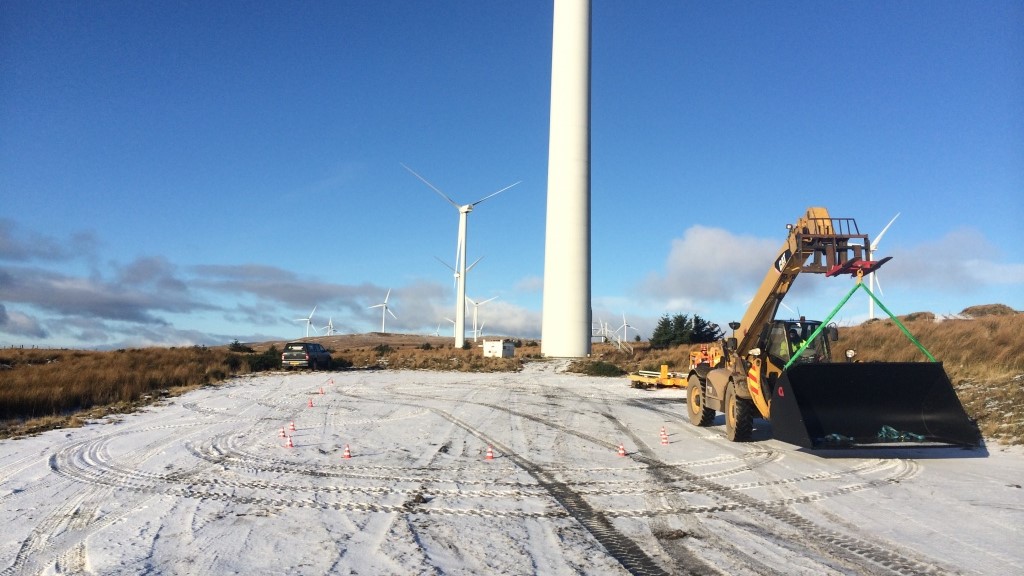Our Telehandler Training Courses
Specialist Telehandler Training
Contour Training deliver telehandler training courses covering essential features of telehandler operation and maintenance, how to avoid the potential dangers during operation, how to assess loads, move them safely and how to get the best from your telehandler in different conditions.
Industry Experience
Contour Training’s industry experience includes working with both public and private sector, construction and utility sectors, government organisations, local authorities, MOD and conservation groups. We have some of the most experienced Lantra Awards and NPORS trainers in the UK, many of whom are also highly experienced with all types of all-terrain vehicles.
Types of Telehandler
A telescopic handler, or telehandler, is a machine widely used in agriculture and industry. It is similar in appearance and function to a forklift truck but is more a crane than forklift, with the increased versatility of a telescopic boom that can extend forwards and upwards from the vehicle. On the end of the boom the operator can fit one of several attachments, such as a bucket, pallet forks, muck grab, or lift table.
The most common attachment for a telehandler is pallet forks and the most common application is to move loads to and from places unreachable for a conventional forklift. For example, telehandlers have the ability to remove palletised cargo from within a trailer and to place loads on rooftops and other high places. The latter application would otherwise require a crane, which is not always practical or time-efficient.
Awarding Bodies
Our telehandler training courses are accredited by Lantra Awards and NPORS.
Telehandler Course Content
Duration: 1-5 days (dependent on experience)
Maximum delegates: 3 novice, 4 experienced
Awarding bodies: NPORS, Lantra Awards
The content covered by the course includes:
- Basic procedures
- Skills and knowledge associated with the telehandler
- Site safety awareness
- Safely mounting and dismounting the telehandler
- Health & Safety procedures
- Control competence
- Operating procedures and safety checks whilst unladen and laden, loading and unloading
- Carrying out lifting and loading tasks
- Unloading and loading external transport
- Removing and fitting attachments



